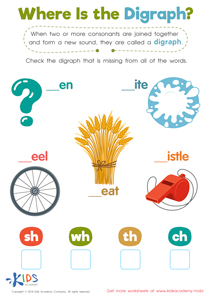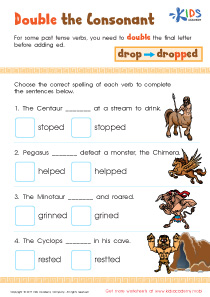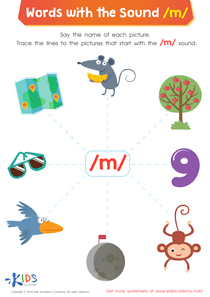Reading comprehension Normal Consonant Blends Worksheets for Ages 6-8
3 filtered results
-
From - To
Enhance your child's reading skills with our engaging "Reading Comprehension Normal Consonant Blends Worksheets" designed for ages 6-8. These interactive worksheets focus on consonant blends, helping young learners improve their decoding and comprehension abilities through fun exercises. Each worksheet combines vibrant illustrations with simple texts, allowing children to connect sounds to words, making reading enjoyable and effective. With a variety of activities, students will practice identifying and using consonant blends in context, fostering both reading fluency and confidence. Perfect for classroom use or home practice, these worksheets are an invaluable resource to support your child's literacy journey during these crucial early years.
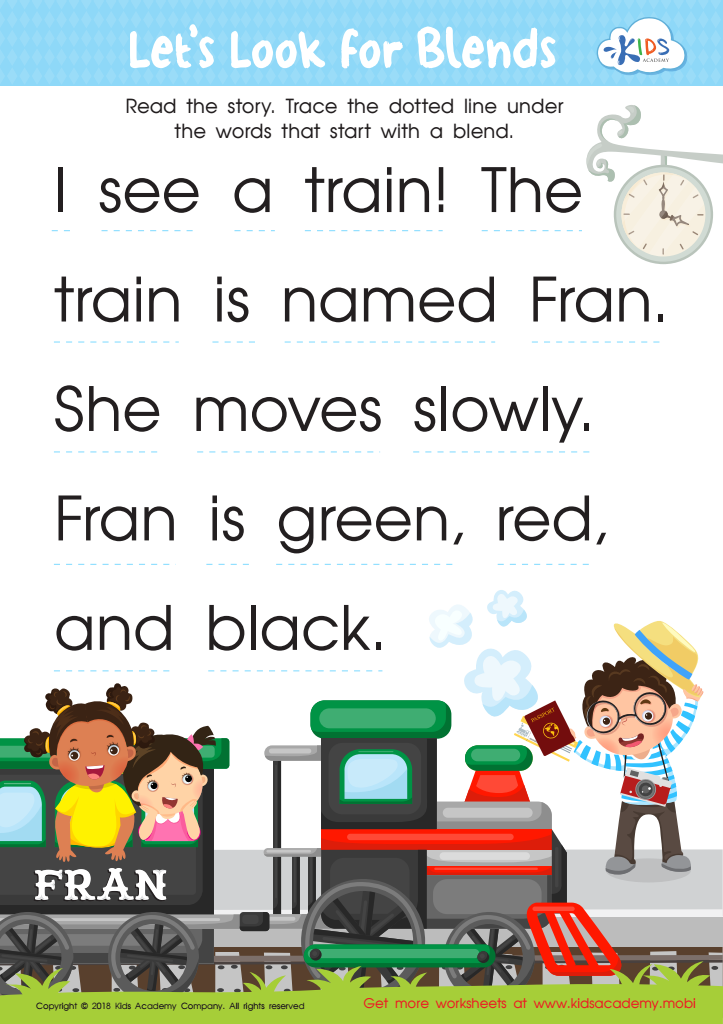

Let's Look for Blends Worksheet


Consonant Blends: "Dr" and "Tr" Printable
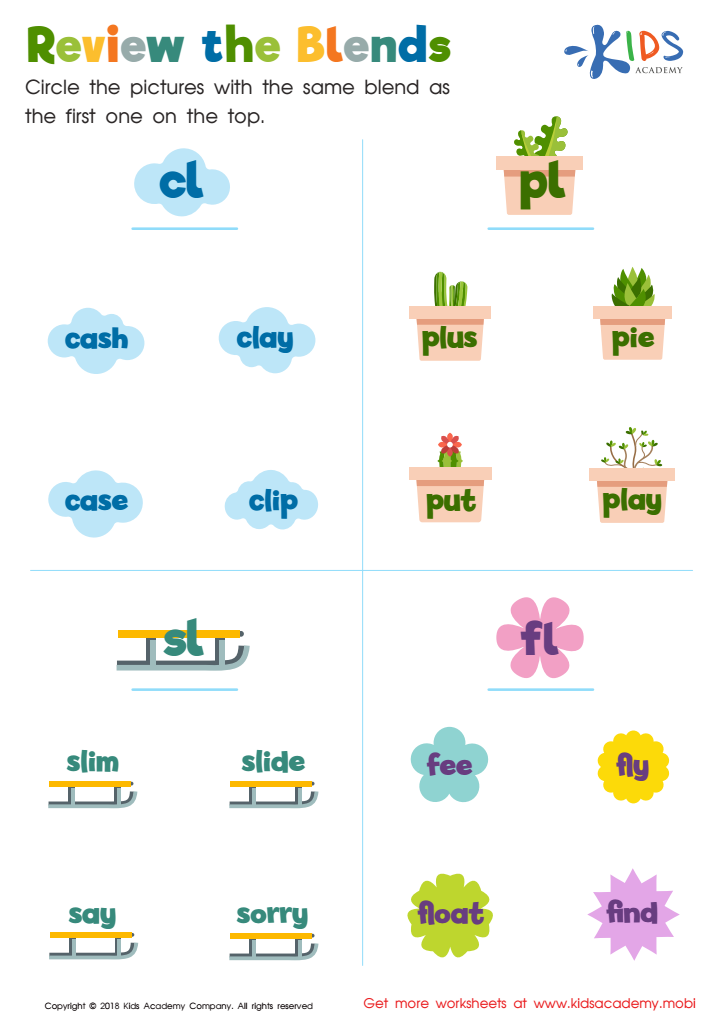

Review the Blends Worksheet
Reading comprehension and understanding normal consonant blends are crucial for children aged 6-8 as they form the foundation for literacy skills that are vital for academic success and everyday communication. As children learn to read, they encounter combinations of consonants that blend sounds together, such as "bl," "cl," and "str." Mastering these blends helps young readers decode new words more easily, thus improving their confidence and fluency.
By focusing on normal consonant blends, parents and teachers can support a child’s phonemic awareness—essential for phonics and effective reading strategies. Enhanced reading skills improve vocabulary acquisition, foster better comprehension abilities, and cultivate a love for reading, leading to more significant educational engagement. Furthermore, being proficient in reading contributes to deeper understanding across subjects, enabling children to grasp instructions, narratives, and conceptual material in science, history, and mathematics.
Ultimately, encouraging reading comprehension alongside consonant blends prepares children for successful interactions with literature and enhances critical thinking and analysis skills. This creates opportunities for richer discussions and integrates reading into all aspects of learning and life, making it imperative for parents and educators to prioritize this skill during these formative years.
 Assign to My Students
Assign to My Students





